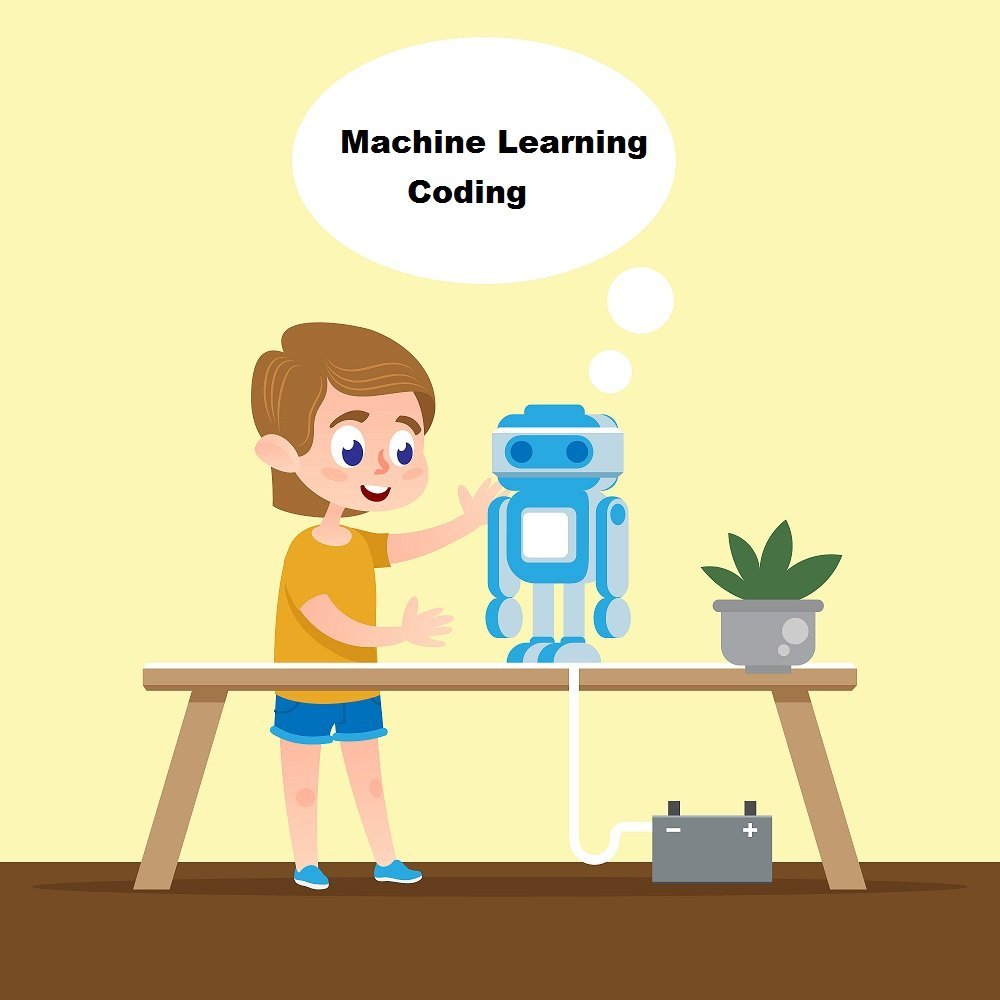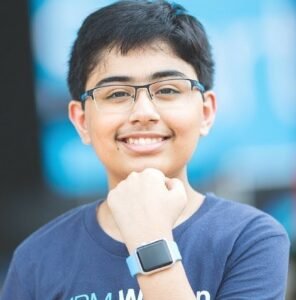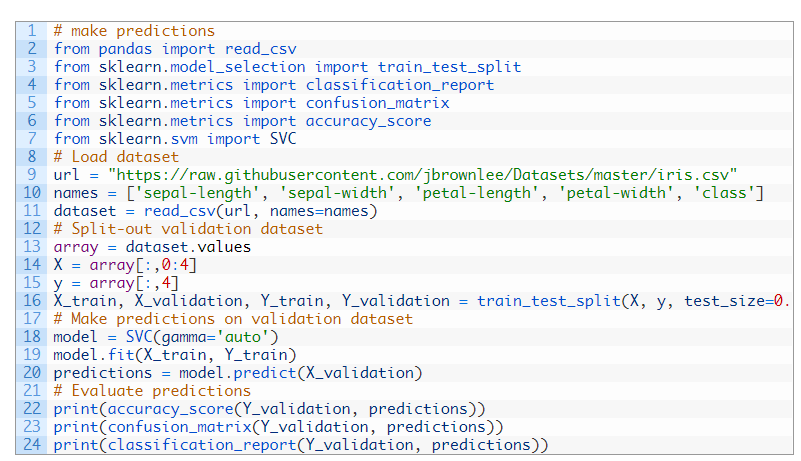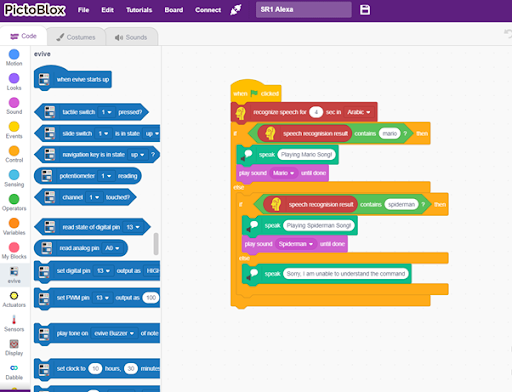How Artificial Intelligence and Machine Learning Coding Course Can Help Kids To Code?
Coding/Programming is one of the most important skills as reading for the next generation, so programming languages have become more and more popular these days.
As coding is considered to be the second-best language that kids can learn, and with the rise of the “Internet of Things” and “Artificial Intelligence Coding”, our lives will be even more reliant on digital services.
With the increased importance of AI in the future, it is necessary for us to introduce coding for kids now.
But can a small kid of age 10 can code AI(Artificial Intelligence)?
Yes, he/she can!
May be we are sounding crazy to you at this point of time,but lets learn how machine learning/artificial intelligence/coding can be helpful for your kids.
Simple Steps For A Kid To Learn Artificial Intelligence and Machine Learning Coding
- Step 1:
The first step is to clarify the concepts of machine learning and artificial intelligence in your mind. And then find the right tools to explain the process. For instance, you can start by saying that “Artificial intelligence involves machines performing tasks that can be done with human intelligence.”
While computers used to rely on people to tell them what to do and how to react, developers are creating machines that are able to learn by themselves. This means robots can make their own decisions, showing that they have an artificial form of intelligence. The example you may use is training your pet because training the machine can be a similar process i.e. coding robots for kids.
Teachers, linguists, programmers, and engineers all come together to provide tools to understand these concepts and offer chances to get access to AI. If you want, you can grasp the knowledge by yourself.
Let us look into a simple example of kids learning artificial intelligence:
Tanmay Bakshi, a 14-year-old boy, has become an expert in Artificial intelligence(AI) basically through self-study. He began to learn to program when he was only 5. Later, he turned his interest in AI. Soon he built his first Watson app. It responds to questions by weighing the best possible answers before spitting out a response.
When playing with IBM’s AI software, he once found a bug in it and posted it on a programming website as well as on his own Twitter account. Some technical IBM workers soon took note and contacted him. Two of these people are even Tanmay’s mentors now and assist him in collaborating with IBM.
- Step 2:
Once your children understand the basics of artificial intelligence and machine learning, you can make them play games and do activities that foster a deeper understanding.
Pictoblox: a graphical programming environment based on Scratch’s open-source software.
It is a BLOCK BASED programming software designed for STEAM education.
Kids can learn and practice coding to get their hands-on one-of-a-kind experience in AI technology.
With dozens of extensions, kids can learn science, art, and math through creative learning experiences and go on to build better communities in the future. With this innovative tool and learning programs, kids as young as 9 years old can learn about AI and ML(machine learning), and can interact with life and even build their own AIs!
- Step 3:
Teaching Coding to Kids: Text-Based vs Block-Based Programming
Outside of the classroom though, coding has always been and still remains, a process of typing letters, numbers, and symbols. This text-based programming for kids is used in programming languages such as C, Javascript, and Python, which requires coders to obey and conform to formal syntax.
Despite the pain of dealing with typos in names of variables and inevitable syntax errors, no other coding method designed to be more “user friendly” has really caught on. Tools have been offered for managers to define business logic through a graphical user interface without writing lines of codes. Or for web developers to add interactive behaviors to their websites without learning Javascript.
But in reality, neither of those substitute the power and flexibility of text-based programming. And with neither winning significant adoption, the demand for the classic skill of text-based coding continues to grow and grow. Python is one of the high-level language based on Syntax.
The MIT Media lab introduced the concept of block-based programming coding. The idea was to develop an interface that allowed computer programs to be built by simply dragging and dropping puzzle blocks to represent complex programming constructs and commands.
With this new method for teaching and learning computer science, the hugely popular Scratch platform was born. This approach lowered the bar for experimenting with programmatic thinking, making it possible for students to create interactive animations and small games without writing a single line of code.
This simple concept removed the need to learn the syntax of a formal programming language, and made teaching and learning the basics of computer science accessible to younger learners and to teachers with no formal coding background.
Artificial Intelligence Coding with Pictoblox for Kids
PictoBlox is a graphical programming software based on Scratch blocks that lets you make kids code by simply dragging and dropping the blocks. This programming style keeps the kid’s interest in coding.
So, what did you come across after reading the article on machine learning?
Explore More From Our Course Details :https://ai.goglobalways.com/product/artificial-intelligence-for-kids/
The best way to teach kids about Artificial Intelligence coding and machine learning (and all that it’s capable of) is through hands-on experiences through courses, and by making it fun. Kids can now learn AI with graphical programming software in a fun and interactive manner rather than remembering syntaxes in the text-based programming software.
https://www.youtube.com/watch?v=1DHho8lMuHs







